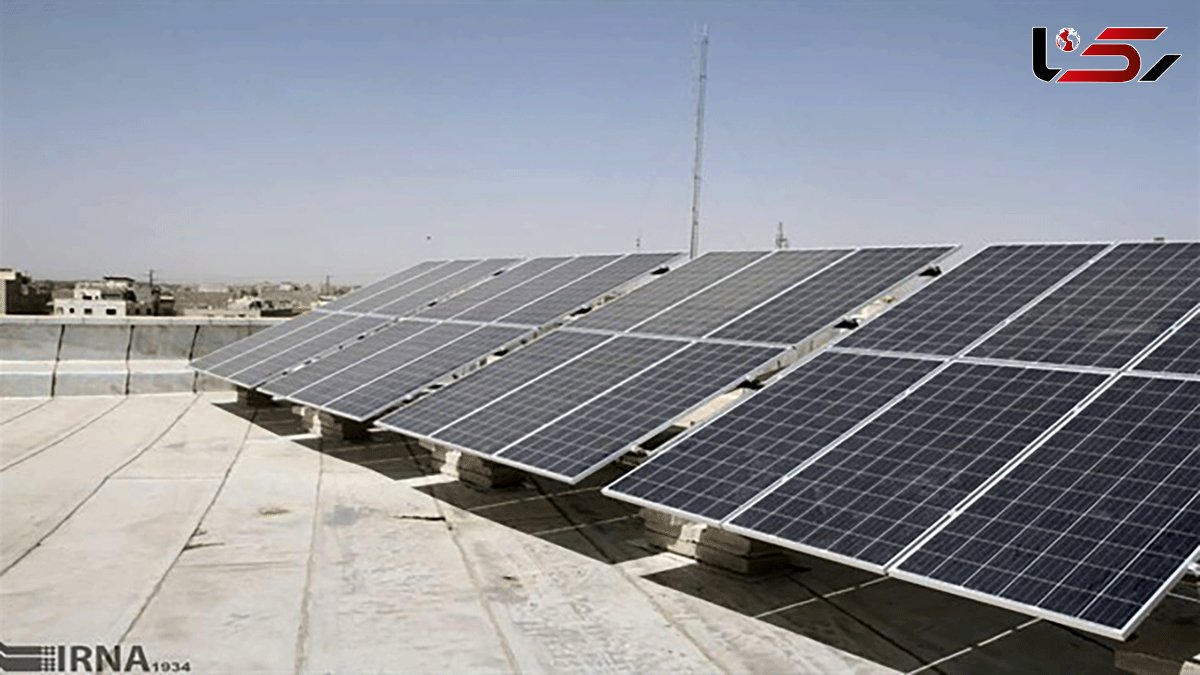28 renewable energy plants to become operational by March
ROKNA: Iran will put 28 renewable energy power plants on stream by the end of the current Iranian year (March 20, 2021), said the Director General of Iranian Renewable Energy Organization Ali Shabnavard.

“At the moment, nearly 54 companies are constructing renewable energy power plants such as solar and wind energy and hydroelectric power plants with a total capacity of 229.39 MW,” he said, Fars News Agency reported.
Iran’s Ministry of Energy has said that the capacity for using solar energy will increase in the country through a plan to encourage heavy consumers of electricity to use rooftop panels.
A ministry spokesman said on October 15 that the government would pay for the interest and other costs of the loans offered to households for setting up rooftop installations to encourage the use among electricity customers.
Mostafa Rajabi said that heavy consumers would need photovoltaic (PV) panels that generate 400-500 watts of electricity per hour, saying those panels normally occupy 2-2.5 square meters of space and can be mounted on top of swamp coolers that are widely used in Iran for air conditioning to simultaneously serve as a shed to increase their efficiency.
“This would be a major component of our strategy to develop renewable energy in the country,” said Rajabi, without elaborating on the actual costs of the project, which is expected to cover millions of electricity users in Iran.
Iran is a major producer of electricity although renewable capacity is currently around only one percent of a total power capacity of 84 gigawatts (GW).
However, solar and wind farms keep mushrooming across Iran as the government seeks to cut back on a massive energy bill in thermal power plants where natural gas and precious fuels are burnt to move the turbines.
Expanding the rooftop solar, a field in which Iran has hardly made any progress in recent years, would boost the share of renewables in the country’s power generation sector.
The new plan comes a month after the government announced it would stop charging nearly eight million customers for the electricity they use to encourage low usage of power among households.

Send Comments